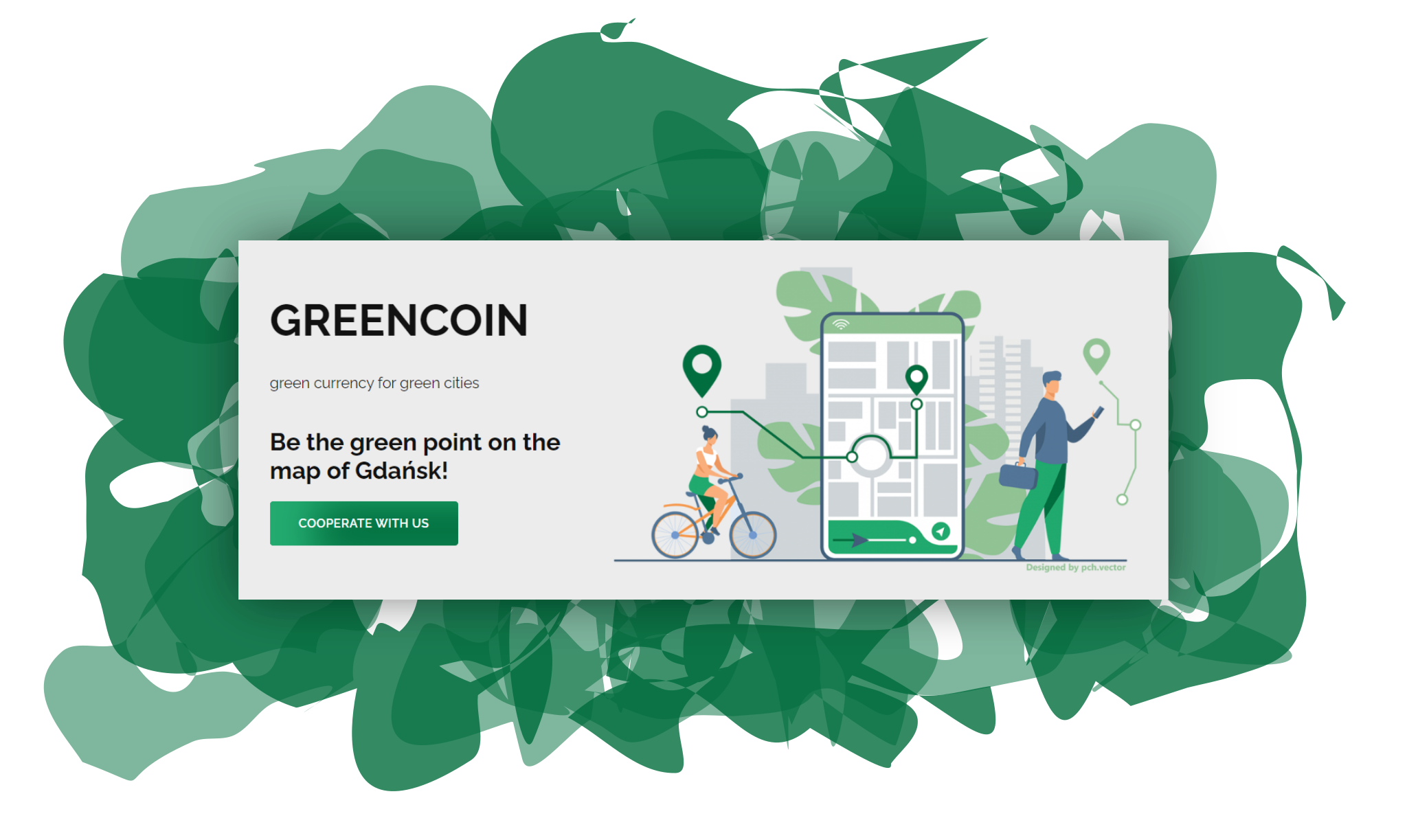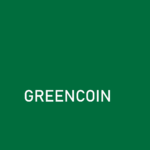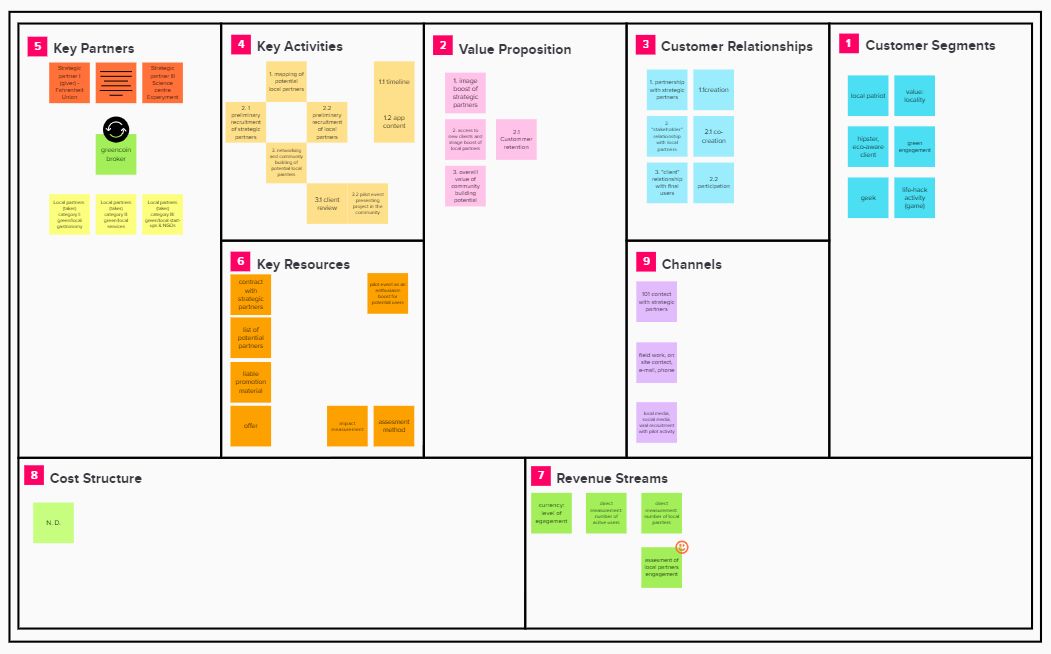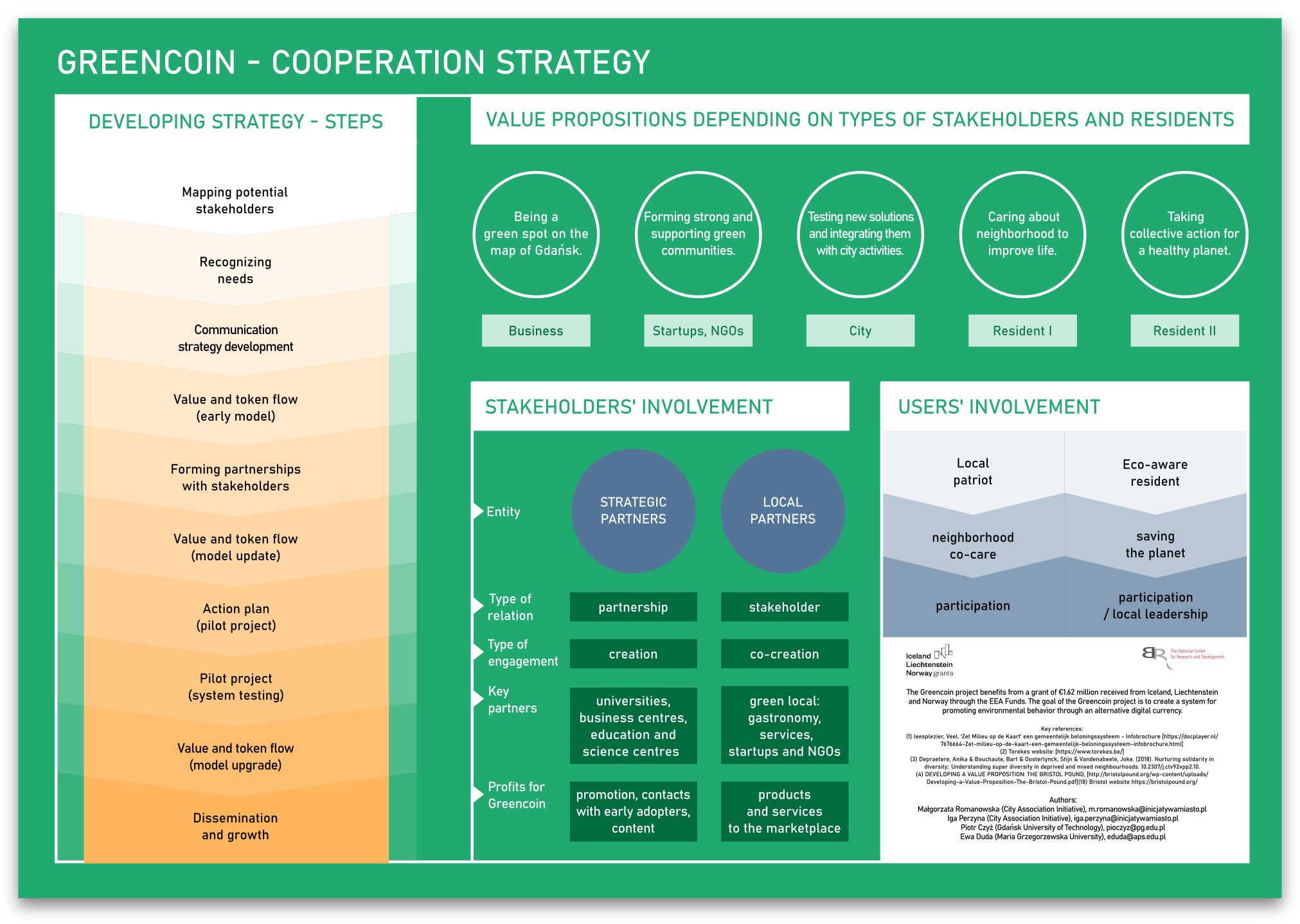project
origins
the idea for the project originated at the IdeaLab workshop in 2020 organized by NCRD under the theme „Cities of the future – services and solutions”. I participated in the workshop as a representative of the NGO (City Initiative Association
Greencoin
consortium
The Greencoin project is being implemented by a consortium of Gdansk University of Technology, City Initiative Association, Warsaw School of Economics, Maria Grzegorzewska University, Oslo Metropolitan University and the University of Stavanger
scope
activities
initiator and researcher; conceptualization, desk research, user needs research, stakeholder needs research, product strategy building
research
methos
– literature review
– focus interviews
– workshop with stakeholders
– results analysis: customer journey maps, persona, pains&gains, business model canva
how it started
Thanks to an intensive creative workshop organized by experts, I came up with an idea….

workshop challenge
IdeaLab workshop organizers invited representatives of academic institutions, business and NGOs from Poland and Norway to answer the question:
how to make the cities of the future better?
diagnosis
It quickly became apparent that we had advanced sustainable technologies in the world. The difference between the state of technology and the everyday reality of average people became apparent.
The problem of today’s cities is not in the lack of green solutions and technologies.
The problem lies in their availability to citizens and the lack of incentives to change behavior.
what, if...?
…a person who behaves ecologically would get funds to spend on more green solutions (products, services, technologies)?
Then a self-perpetuating mechanism would be created to support sustainable behavior. This is the idea behind the Greencoin system.
first product concept
Thus, during the workshop, I created the first concept of a product, or green currency, whose exchange would be used to support green goals. It assumed the existence of a mature system of currency circulation, in which donors offer their green products and services for green currency, and people or groups purchase these goods with green money earned through green activities.
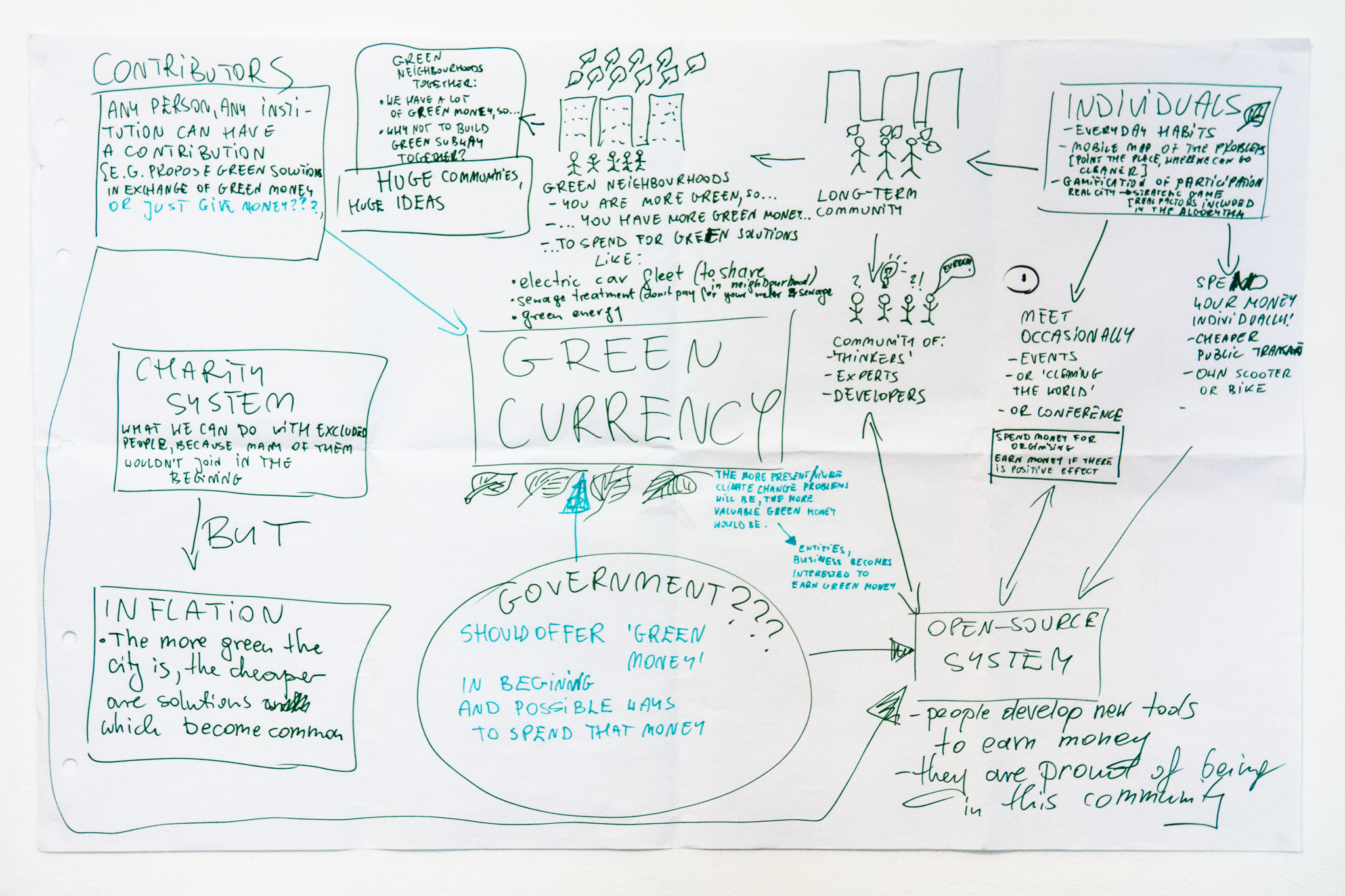
formation of the team
During the workshop, Kacper Radziszewski (Gdansk University of Technology) and Ari Tarigan (University of Stavanger) joined and together we developed the concept.
Participation in the project at the implementation stage was decreed by people from other universities: Jakub Zawieska (Warsaw School of Economics), Hanne Cecilie Geirbo (Oslo Metropolitan University) and Ewa Duda (Maria Grzegorzewska University).
The project has qualified for funding from Iceland, Liechtenstein and Norway under the EEA Funds.
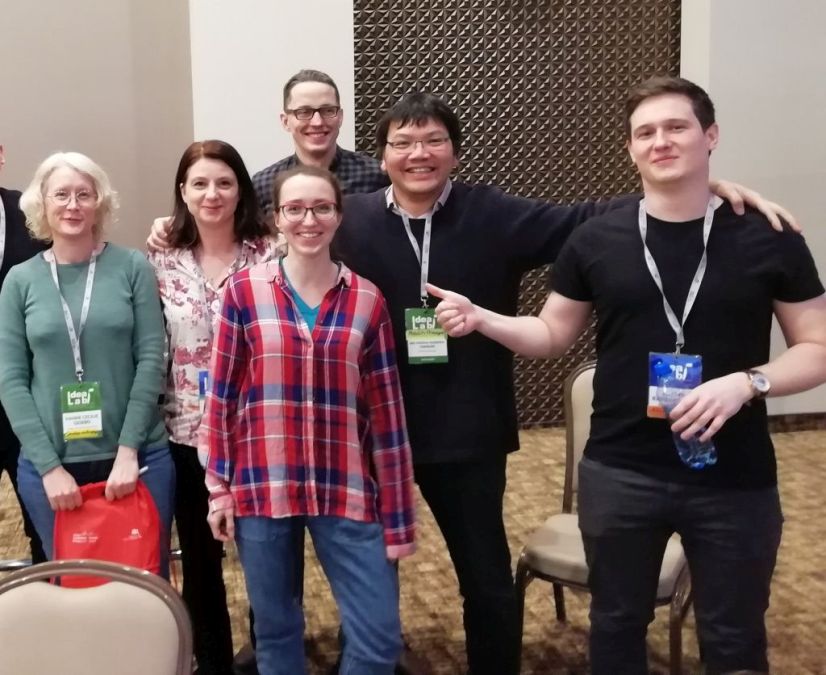
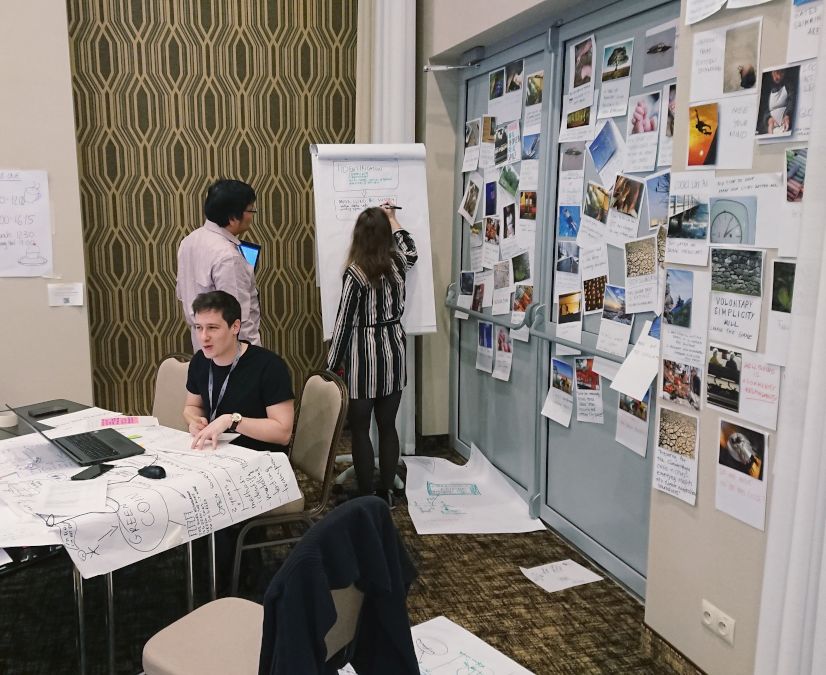
division of tasks at the implementation stage
In planning the project, the research work was divided into tasks. The first was to analyze the literature and previous projects with similar ideas. In the next phase, three teams were formed to respond to challenges in three main areas: social, technological and environmental.
Once the research and conceptualization process is complete, the system will be tested during a pilot phase in 2023. This will be followed by a summary and planning stage for product development.
As a researcher, I have participated in the desk research stage, and am currently working on the social aspects. In 2023, I will be the leader of the pilot phase. Therefore, further description will focus on system and brand design in response to social issues.
At this stage, we conducted literature research, which focused on the socio-psychological aspects of pro-environmental behavior, currency analysis and applications to encourage habit change.
The leader of the stage was Jakub Zawieska (School of Economics).
Hanne Cecilie Geirbo (Oslo Metropolitan University) is the leader of the task, whose main goals include user research, establishing cooperation with stakeholders, creating cooperation strategies and promoting the project.
A team from the Gdansk University of Technology, led by Kacper Radziszewski, created the specification for the Greencoin system, with a particular focus on the mobile application.
Ari Tarigan is leading the task to create a list of actions that can be rewarded with green currency and to propose criteria for evaluating partners, products and services.
The leader of this stage is me – Malgorzata Romanowska (City Initiative Association), and its purpose is to test the system, with a particular focus on user satisfaction testing.
Ewa Duda (Maria Grzegorzewska University) is responsible for this task. The purpose of the stage is to gather the conclusions of the project, with particular emphasis on the testing phase, and to propose scenarios for product development.
social challenges - phases
In order to respond to the social issues associated with the project, we needed to know the needs of our stakeholders and future users. We decided to conduct the pilot in Gdansk, so that’s where our activities were focused.
Pre-pilot stages include desk research, user research, stakeholder research, product strategy development, branding and promotional activities.

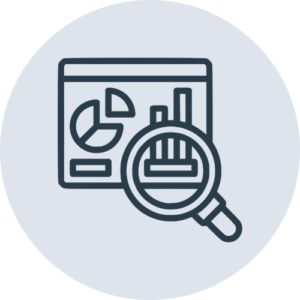
desk research - state of the art
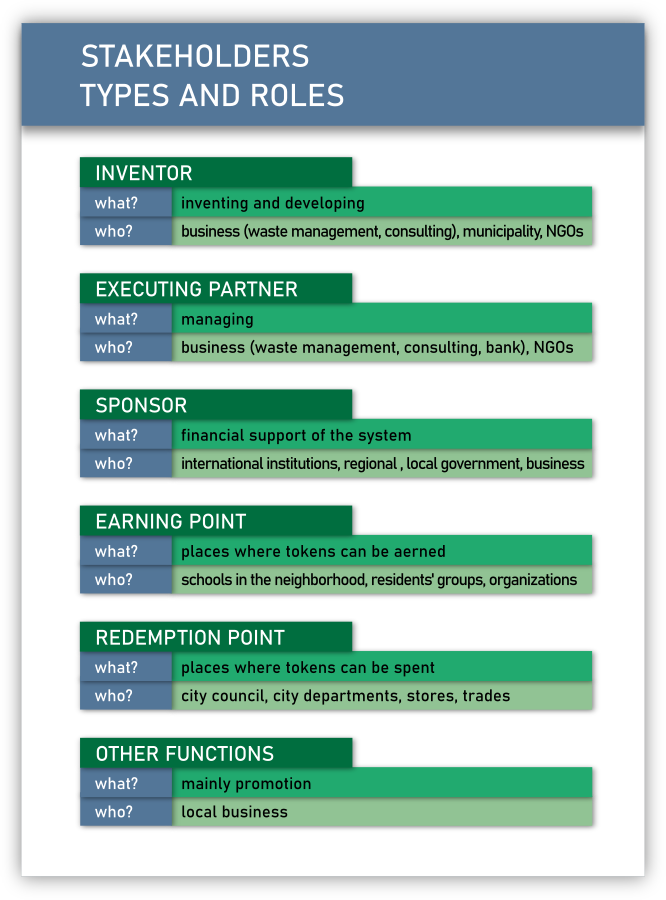
The main stakeholder roles in the projects studied are summarized in the box above.
At this stage, I primarily did a review of scientific publications, project reports, promotional materials and articles on alternative currencies. I conducted case studies of alternative currency projects that fit in with the sustainable development, with a particular focus on the environmental issues.
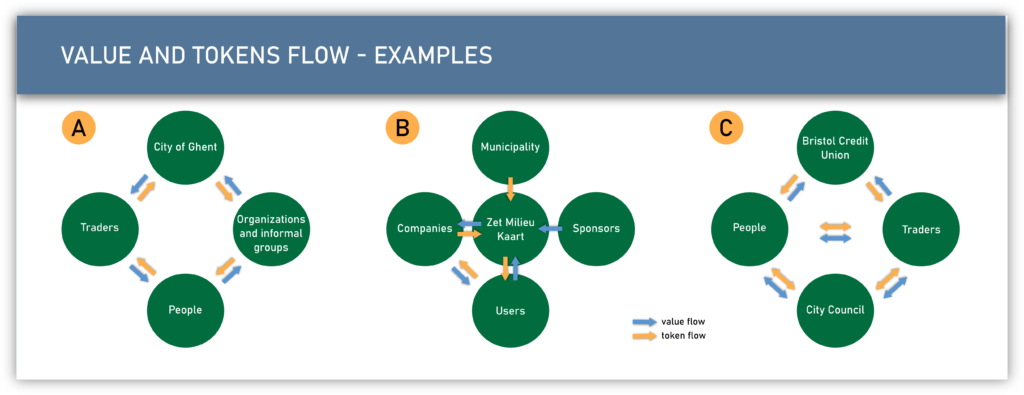
Alternative currencies are currencies that are not the standard currency of any country. They are often created in response to specific problems or needs. For example, they may have a positive environmental or social impact, or support the local circulation of products and services. The flow of value and tokens of three selected currencies (A – Torekes, B – Zet Milieu Kaart, C – Bristol Pound) is illustrated in the diagrams in the box above.
You can learn more about the case studies in the article Greencoin – in search of the innovative solutions enhancing social pro-environmental engagement by Jakub Zawieski, Hanna Obracht-Prondzynska, Ewa Duda, Danuta Uryga, Malgorzata Romanowska, which will be published in Energies magazine.
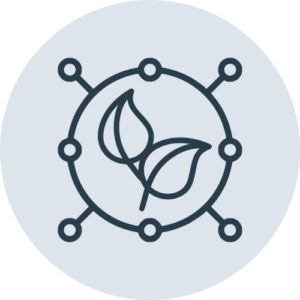
stakeholder needs analysis
aim
The aim of this stage was to find out the needs of potential project stakeholders in Gdansk. Based on the research, we knew that it should constitute a multidimensional cooperation. We wanted the stakeholders to also be co-creators of the system, hence we decided on a tailored workshop.
preparation
I created the scenario and materials for the workshop with the support of Hanna Obracht-Prondzyńska (Gdansk University of Technology), Piotr Czyż (Gdansk University of Technology) and Iga Perzyna (City Initiative Association). Together with Iga and Piotr, we also handled stakeholder contact and promotion.
workshop
The workshop scenario included a part in which I presented the idea of Greencoin and a second, workshop part in which facilitators at tables performed assigned tasks in groups. At each table there were at least two representatives of the Greencoin team.
The workshop was followed by a summary of the materials and interviews with people from the Greencoin team. Iga Perzyna (City Initiative Association) created a report on the workshop. This allowed summarizing the needs of stakeholders, creating their personas and value propositions.
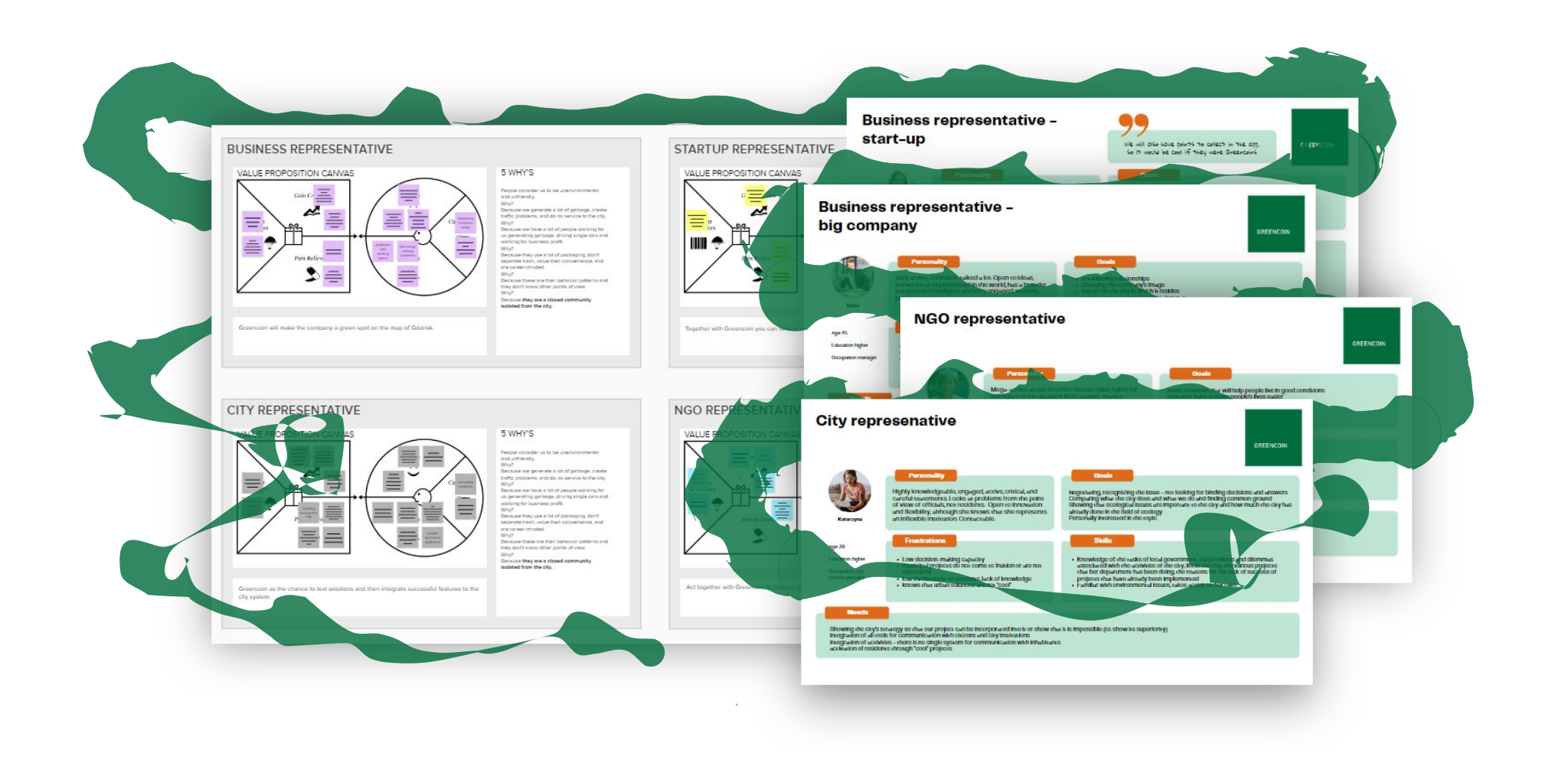
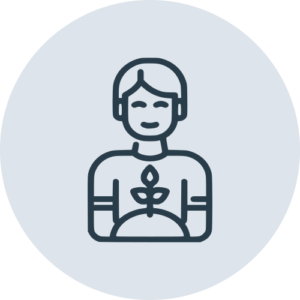
user needs analysis
aim
The aim of this stage was to learn about users’ needs, their ecological behavior, daily habits, attitudes toward ecological issues, and the tools they use to shape their behavior (e.g., life style apps). The project included focus interviews to achieve these goals.
interviews
Due to the wide range of issues, we decided to conduct two rounds of focus interviews. The first focused on attitudes toward environmentalism and tools for changing habits, and the second explored the behaviors and habits of employees and students (whom we identified as early adopters based on the results of the first round).
effects
I developed the method for selecting respondents and the research scenario together with my team, primarily Hanne Cecilie Geirbo. The research was carried out by the IPC Research Institute, which provided the research report. In addition, team members made their own analyses of the videos and transcriptions.
Through focus groups, I identified five personas – an eco-freak, a skeptic, a student, an office worker and an anti-eco persona (which is a hypothetical combination of bad behaviors learned during the research).

Together with Piotr Czyz and Iga Perzyna, we also created a customer journey map of the two main personas.
business model in a nutshell
customer segments
Based on all previous results, we have finally defined two main customer segments:
Pragmatic – not very interested in sustainability, focused mainly on their (and their loved ones’) comfort, success and well-being
Eco-conscious – focused on the future of the planet, ready to make changes on their own, frustrated by other people’s low readiness for change.
value propositions
To address the needs of the first type, we need to take care of their wallets (monetary incentives), health (narratives about taking care of themselves) and neighborhoods (improving the immediate environment for them and their loved ones).
To attract the second type of users, we should show that they can make a difference using our app together with others. This can be achieved by showing joint achievements and statistics illustrating the impact on the planet, enabling group activities, education.
channels and relations
In order to reach our customers, it is necessary to provide a conventional campaign (local media, social media), as well as active promotion through strategic partners, among their employees. We want to trigger „viral” recruitment through activities during the pilot.
Our clients will use the app and website to communicate with us. The app will allow them to act, learn, be appreciated, aggregate.
key partners
We have designated two categories of our key partners:
– strategic partners: universities, business centers, science centers
– local partners:
Category I: green/local gastronomy
Category II: green/local services
Category III: green/local start-ups/non-governmental organizations
partners' needs
The first category includes companies and institutions that want to join an experimental, sustainable project to boost their image. Our goal is to reach out to well-known Tri-City actors to show the importance of the project and broad local support.
The second category includes local companies and institutions that can promote their products and services by joining the green network.
benefits for partners
Membership in the green network will make partners visible on our map of green credible partners.
They will be able to offer rewards in our mobile store (vouchers that can be purchased with tokens).
Messages and notifications can include contextual advertising.
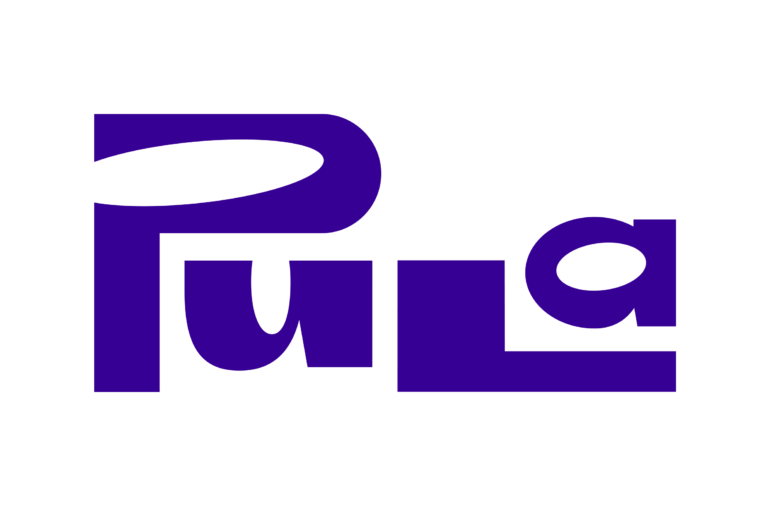
PULA brand
The PULA brand was created as a response to the profile of potential app users. The assumptions underlying the communication were as follows:
We want to talk about a certain community, about local collective action for the benefit of the community.
We want to show that actions for the environment go hand in hand with actions for people’s health, local community, well-being.
We want to communicate about the fact that together with the Pula, positive action brings tangible benefits.
We don’t want to talk directly about climate action and sustainability because of skepticism from certain sectors of society.
We want to show that being green is an integral part of being a good citizen who cares about his environment.
We decided on the name Pula because of the fact that it’s in Polish, it’s about a collection of something, so it can be associated with community, and it’s simple and easy to remember.
In the visual identity, we opted for a positive and colorful tone. We dropped the green color scheme so as not to create direct connotations with ecology and not to alienate users who do not identify with it.
Based on the new visual identity, I created a PULA prototype, which was used by developers to design the product.

reflections and future challenges
If certain ideas are born in the right place at the right time, there will be resources, experts, mentors and great people with whom to develop the project. In her book Leaning Into the Future (Polish title: Wychylone w przyszłość), Joanna Erbel mentions Elizabeth Gilbert’s thought that it is not we who have ideas, but they have us.
Greencoin-like concepts are born here and there in different parts of the world. So it is not the role of me and the Greencoin team to do something absolutely original or universal, but to do something that best meets the needs of the here and now – the people and stakeholders here.
The project is underway, and the most important part of it – the pilot – is ahead of us. And what comes next? I hope that from this seed a great tree will one day grow. The point we have reached already arouses my admiration. It is a credit to the interdisciplinary teamwork of wonderful, committed and imaginative people.
This case study is only a small sample of what is happening in the Greencoin topic. There are parallel teams working on technological and environmental aspects. If you want to learn about the project in its entirety, I invite you to visit the site and contact us.
